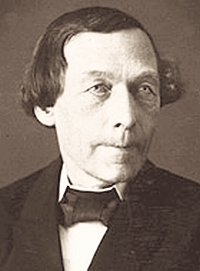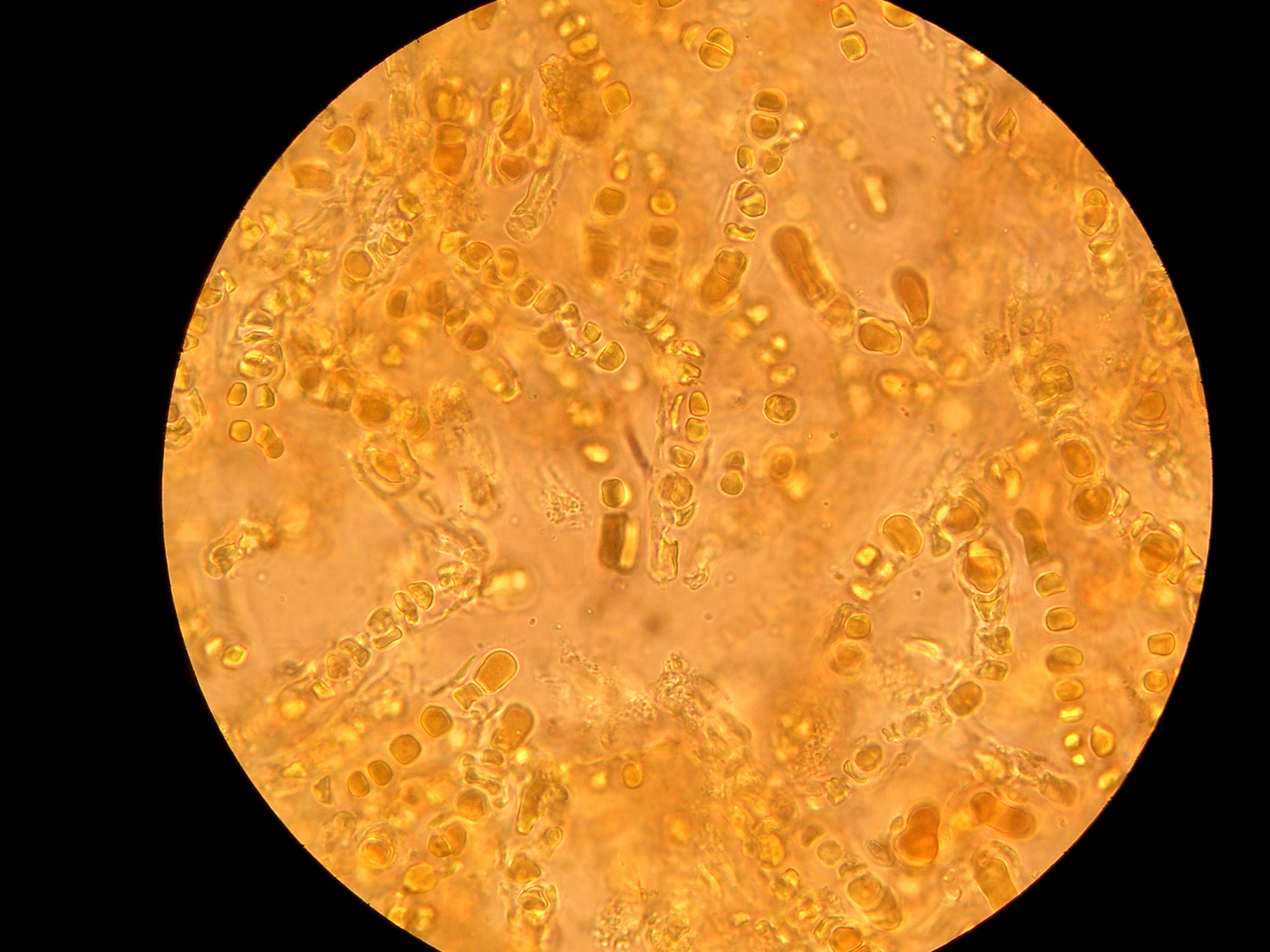|
Cryptothele (lichen)
''Cryptothele'' is a genus of lichen within the family Lichinaceae. The genus contains eight species, two of which are found in North America. References External links *Cryptothele' at Index Fungorum ''Index Fungorum'' is an international project to index all formal names (scientific names) in the fungus kingdom. the project is based at the Royal Botanic Gardens, Kew, one of three partners along with Landcare Research and the Institute of M ... Lichinomycetes Lichen genera Taxa described in 1866 Taxa named by Theodor Magnus Fries {{Ascomycota-stub ... [...More Info...] [...Related Items...] OR: [Wikipedia] [Google] [Baidu] |
Theodor Magnus Fries
Theodor "Thore" Magnus Fries (28 October 1832 – 29 March 1913), was a Sweden, Swedish botanist, lichenologist, and Arctic explorer. He was the son of the mycologist Elias Magnus Fries, Elias Fries. Following in his father's footsteps, Fries studied botany, obtaining his doctoral degree in 1857 at Uppsala University, Uppsala. He is credited for introducing the term in a commentary about the genus lichen genus ''Stereocaulon'' in an 1858 publication. He became a member of the Royal Swedish Academy of Sciences in 1865 and professor of botany and applied economics at Uppsala in 1877.Jorgensen, Per Magnus. 2001. Th. M. Fries (1832–1913), a Grand Scandinavian Lichenologist. ''The Bryologist'' 104 (4):537–542 His most notable work was ''Lichenographia scandinavica'' (1871–1874). He also produced a two-volume biography of Carl Linnaeus (1903). Fries was part of two Arctic expeditions led by Adolf Erik Nordenskiöld, in 1868 and 1871. From 1893 to 1899, he was the vice-chancellor ... [...More Info...] [...Related Items...] OR: [Wikipedia] [Google] [Baidu] |
William Nylander (botanist)
William (Wilhem) Nylander (3 January 1822 – 29 March 1899) was a Finnish botanist and entomologist. Nylander was born in Oulu, and taught at the University of Helsinki before moving to Paris, where he lived until his death in 1899. Nylander studied medicine, receiving a degree in 1847. Nylander pioneered the technique of determining the taxonomy of lichens by the use of chemical reagents, such as potassium hydroxide, tinctures of iodine and calcium hypochlorite, still used by lichenologists as the K and C tests. Nylander was the first to realise the effect of atmospheric pollution on the growth of lichens, an important discovery that paved the way for the use of lichens to detect pollution and determine the cleanness of air. His brother Fredrik Nylander Fredrik Nylander (9 September 1820 – 29 September 1880) was a Finnish physician and botanist who was among the first to study the plants of Finland, describing about eleven new species. Nylander was born in O ... [...More Info...] [...Related Items...] OR: [Wikipedia] [Google] [Baidu] |
Genus
Genus ( plural genera ) is a taxonomic rank used in the biological classification of living and fossil organisms as well as viruses. In the hierarchy of biological classification, genus comes above species and below family. In binomial nomenclature, the genus name forms the first part of the binomial species name for each species within the genus. :E.g. '' Panthera leo'' (lion) and '' Panthera onca'' (jaguar) are two species within the genus ''Panthera''. ''Panthera'' is a genus within the family Felidae. The composition of a genus is determined by taxonomists. The standards for genus classification are not strictly codified, so different authorities often produce different classifications for genera. There are some general practices used, however, including the idea that a newly defined genus should fulfill these three criteria to be descriptively useful: # monophyly – all descendants of an ancestral taxon are grouped together (i.e. phylogenetic analysis should c ... [...More Info...] [...Related Items...] OR: [Wikipedia] [Google] [Baidu] |
Lichen
A lichen ( , ) is a composite organism that arises from algae or cyanobacteria living among filaments of multiple fungi species in a mutualistic relationship.Introduction to Lichens – An Alliance between Kingdoms . University of California Museum of Paleontology. Lichens have properties different from those of their component organisms. They come in many colors, sizes, and forms and are sometimes plant-like, but are not plants. They may have tiny, leafless branches ( fruticose); flat leaf-like structures ( foliose); grow crust ... [...More Info...] [...Related Items...] OR: [Wikipedia] [Google] [Baidu] |
Lichinaceae
The Lichinaceae are a family of ascomycete fungi. Most species are lichenized with cyanobacteria, and have a distribution largely in temperate regions. Taxonomy The family was circumscribed in 1854 by Finnish lichenologist William Nylander. His description of the family mentioned the obscure brown thallus resembling algae, with an overall morphology described as either filamentous or tufted ( fruticose). The fruiting structures, the apothecia, are described as either endocarpous or biatorine. He included two tribes in the Lichinaceae: ''Ephebeae'', which contained the genera '' Ephebe'' and ''Gonionema'', and ''Lichineae'', which contained '' Lichina'', the type genus. In 1986, Aino Henssen and Burkhard Büdel proposed the order Lichinales to contain the Lichinaceae. In the 1980s and 1990s, several taxonomic and nomenclatural studies were the basis for the revision of many of the species in the family. Heppiaceae was a family proposed by Alexander Zahlbruckner in 190 ... [...More Info...] [...Related Items...] OR: [Wikipedia] [Google] [Baidu] |
Index Fungorum
''Index Fungorum'' is an international project to index all formal names (scientific names) in the fungus kingdom. the project is based at the Royal Botanic Gardens, Kew, one of three partners along with Landcare Research and the Institute of Microbiology, Chinese Academy of Sciences. It is somewhat comparable to the International Plant Names Index (IPNI), in which the Royal Botanic Gardens is also involved. A difference is that where IPNI does not indicate correct names, the ''Index Fungorum'' does indicate the status of a name. In the returns from the search page a currently correct name is indicated in green, while others are in blue (a few, aberrant usages of names are indicated in red). All names are linked to pages giving the correct name, with lists of synonyms. ''Index Fungorum'' is one of three nomenclatural repositories recognized by the Nomenclature Committee for Fungi; the others are '' MycoBank'' and '' Fungal Names''. Current names in ''Index Fungorum'' ('' ... [...More Info...] [...Related Items...] OR: [Wikipedia] [Google] [Baidu] |
Lichinomycetes
Lichinales is the sole order of ascomycete fungi in the class Lichinomycetes. It contains three families: Gloeoheppiaceae (3 genera), Lichinaceae (43 genera), and Peltulaceae (1 genus). Most species are lichenized. Lichinales was proposed in 1986 by German lichenologists Aino Henssen and Burkhard Büdel. The class Lichinomycetes was created by Valérie Reeb, François Lutzoni and Claude Roux in 2004. A study published in late 2022 suggests that six classes of fungi, Candelariomycetes, Coniocybomycetes, Geoglossomycetes, Lichinomycetes, Sareomycetes, and Xylonomycetes, are all part of a clade that has a sister relationship with a clade containing Lecanoromycetes and Eurotiomycetes. Lichinomycetes is the oldest name among these orders, and so the authors used this name for the group. Phylogenomic analysis of a 481-genome set showed that as a group, the Lichinomycetes have relatively small genomes, and fewer metabolic gene clusters; one consequence of this is an inabi ... [...More Info...] [...Related Items...] OR: [Wikipedia] [Google] [Baidu] |
Lichen Genera
A lichen ( , ) is a composite organism that arises from algae or cyanobacteria living among filaments of multiple fungi species in a mutualistic relationship.Introduction to Lichens – An Alliance between Kingdoms . University of California Museum of Paleontology. Lichens have properties different from those of their component organisms. They come in many colors, sizes, and forms and are sometimes plant-like, but are not plants. They may have tiny, leafless branches ( fruticose); flat leaf-like structures ( foliose); grow crust ... [...More Info...] [...Related Items...] OR: [Wikipedia] [Google] [Baidu] |
Taxa Described In 1866
In biology, a taxon (back-formation from ''taxonomy''; plural taxa) is a group of one or more populations of an organism or organisms seen by taxonomists to form a unit. Although neither is required, a taxon is usually known by a particular name and given a particular ranking, especially if and when it is accepted or becomes established. It is very common, however, for taxonomists to remain at odds over what belongs to a taxon and the criteria used for inclusion. If a taxon is given a formal scientific name, its use is then governed by one of the nomenclature codes specifying which scientific name is correct for a particular grouping. Initial attempts at classifying and ordering organisms (plants and animals) were set forth in Carl Linnaeus's system in ''Systema Naturae'', 10th edition (1758), as well as an unpublished work by Bernard and Antoine Laurent de Jussieu. The idea of a unit-based system of biological classification was first made widely available in 1805 in the int ... [...More Info...] [...Related Items...] OR: [Wikipedia] [Google] [Baidu] |



.jpg)

